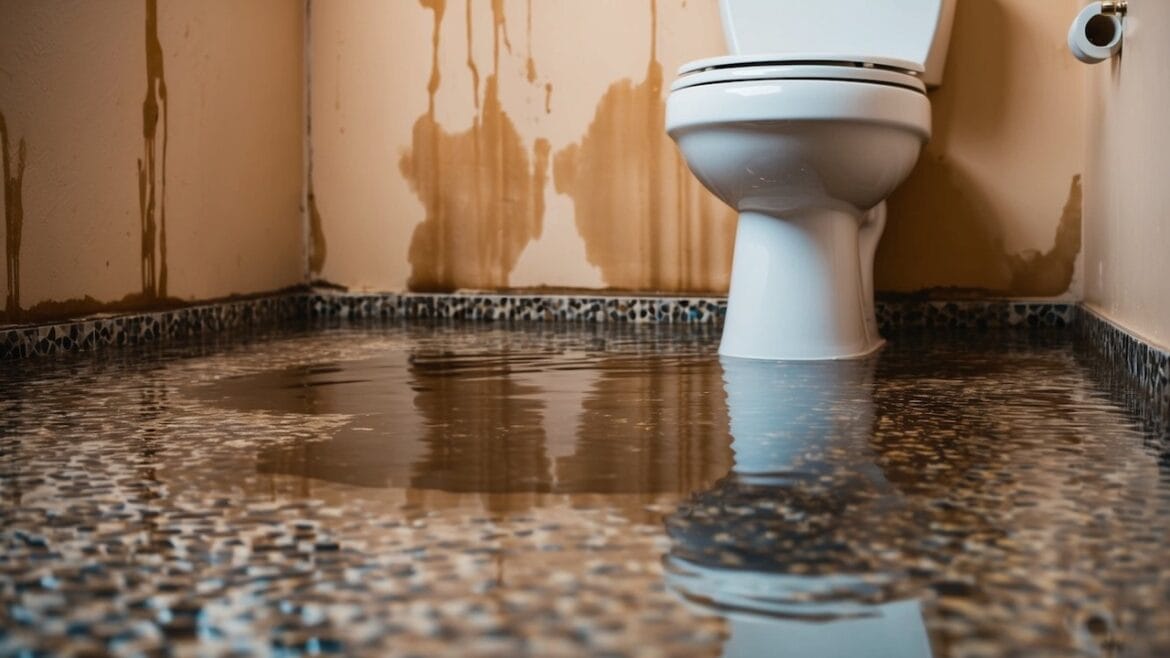When faced with emergency flooding due to a burst pipe, overflowing toilet, or excessive roof leak, homeowners need to act quickly and effectively to minimize damage and ensure safety. Here are the ten most important things you should know and do:
1. Ensure Safety First
Turn off the electricity to affected areas to prevent electrocution. If the water is contaminated (from sewage or chemicals), avoid contact and evacuate if necessary. Storm waters are considered contaminated, as is sewage. If that’s your problem, you’ll need and want to call in someone with the proper PPE, or get some yourself, if you can do so quickly (because the longer it sits, the more problematic it becomes. Ofter a tough call, but your #1 concern is dry-out and water removal if you can do so safely.
2. Shut Off Water Supply
If the flooding is due to a burst pipe or appliance malfunction, find and shut off your home’s main water supply to prevent further water intrusion. This is crucial in stopping the source of flooding and minimizing damage.
3. Remove Standing Water
Start removing standing water as soon and as fast as possible. Use pumps, wet vacuums, or buckets to eliminate water. The quicker you act, the less damage, and the lower your risk of mold growth.
4. Document Damage
Take photos or videos of the affected areas and items for insurance purposes. Documenting the damage will help you file a claim and provide evidence of the extent of the flooding.
5. Ventilate and Dry Area
Open windows and doors to promote airflow and use fans or dehumidifiers to help dry out the space. This step is crucial in preventing mold growth, which can begin within 24-48 hours in damp conditions.
6. Inspect for Mold Growth
After the area is dry, inspect for signs of mold. Look for discoloration, musty odors, or visible growth. If you find mold, it’s essential to address it promptly, as it can pose health risks and cause further damage to your home.
7. Discard Contaminated Items
Items that have been soaked in contaminated water (like sewage) should be discarded. This includes carpets, drywall, and personal items. If salvageable, you’ll want to clean and disinfect them pretty thoroughly.
8. Contact a Professional
While homeowners can handle some initial cleanup, it’s often best to contact a professional mold remediation and water damage mitigation company. They’ll have the equipment and experience to handle extensive damage and ensure the area is properly dried and treated.
9. Check for Structural Damage
After the flooding, assess your home for structural integrity. Look for sagging ceilings, cracks in walls, or soft spots in floors. If you notice any significant damage, consult a professional before entering the area.
10. Review Your Insurance Policy
After addressing the immediate issues, review your homeowner’s insurance policy. Understand what is covered regarding water damage and mold remediation. Contact your insurance agent to discuss the next steps for filing a claim.
Dealing with emergency flooding can be overwhelming, but knowing these essential steps can help you better manage the problem. Prioritizing safety, acting quickly, and seeking professional help when necessary are critical to minimizing damage and protecting your home in the aftermath of a flood.







